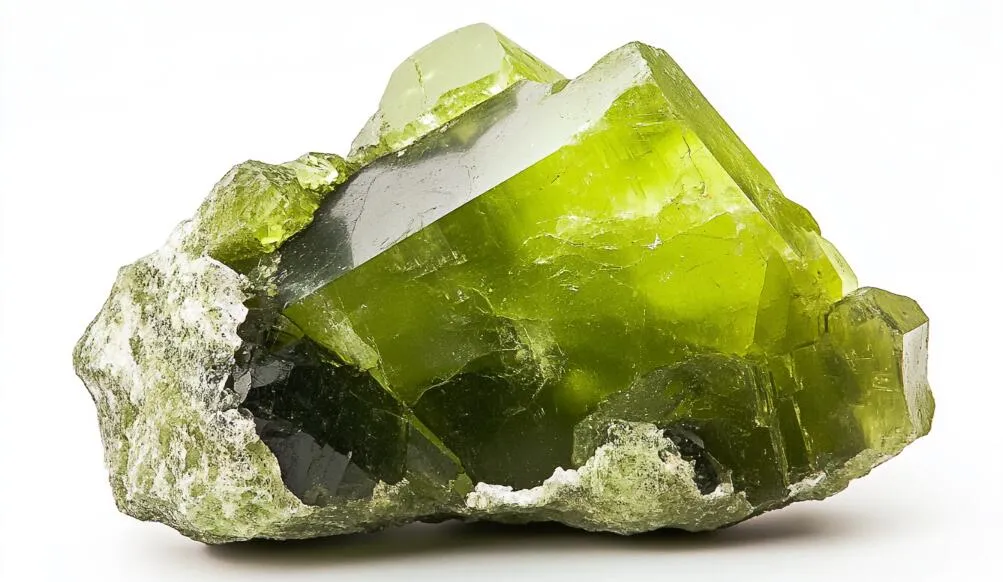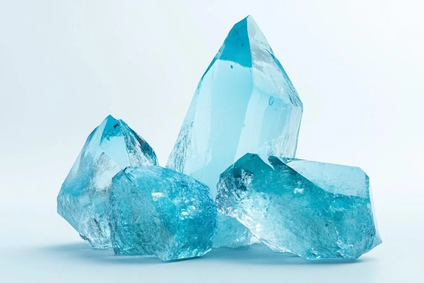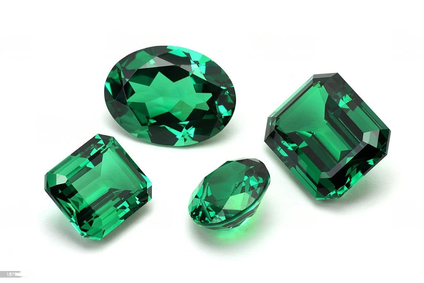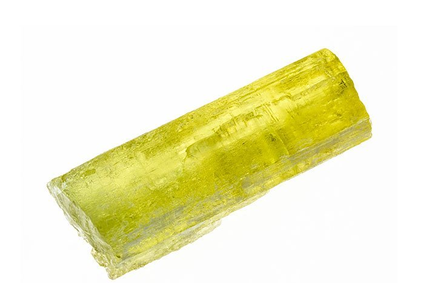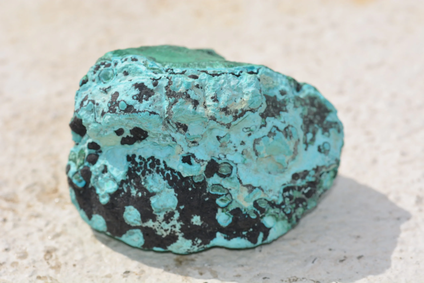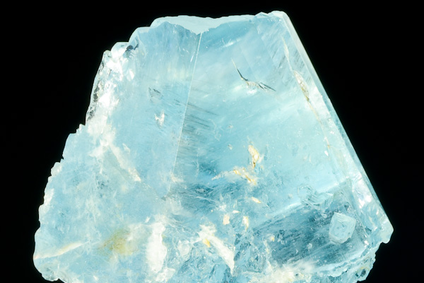In November, Let's Discover the Magic of Silicates Together
July 31, 2025 / 12:49 PM
This November, the traditional accompanying exhibition will once again be part of the Minerals Brno show. This year's edition will focus on silicates, and since this is such a vast group, we will continue exploring silicates even in November 2026.
Silicates form the largest group of minerals in mineralogy and make up the foundation of most rocks in the Earth's crust. The basic structural unit of silicates is the silicate tetrahedron (SiO₄), which can link together in various ways—isolated (nesosilicates), chain (inosilicates), sheet (phyllosilicates), or framework structures (tectosilicates). Thanks to this structural diversity, there is a wide range of silicate minerals with different physical and chemical properties. In mineralogy, silicates are studied not only for their abundance but also for their crystallographic, optical, and genetic characteristics.
Mineralogical collections often feature representatives from key silicate groups. Nesosilicates include, for example, olivine and garnets, known for their vivid colors and attractive crystal forms. Inosilicates comprise pyroxenes and amphiboles, commonly found in igneous and metamorphic rocks. Phyllosilicates such as micas (e.g., muscovite and biotite) form shiny flakes and layered structures. Tectosilicates are the most abundant group, including quartz, feldspars (orthoclase, albite), and zeolites. These minerals are favored not only by geologists but also by collectors for their aesthetic appeal, variety, and accessibility.
